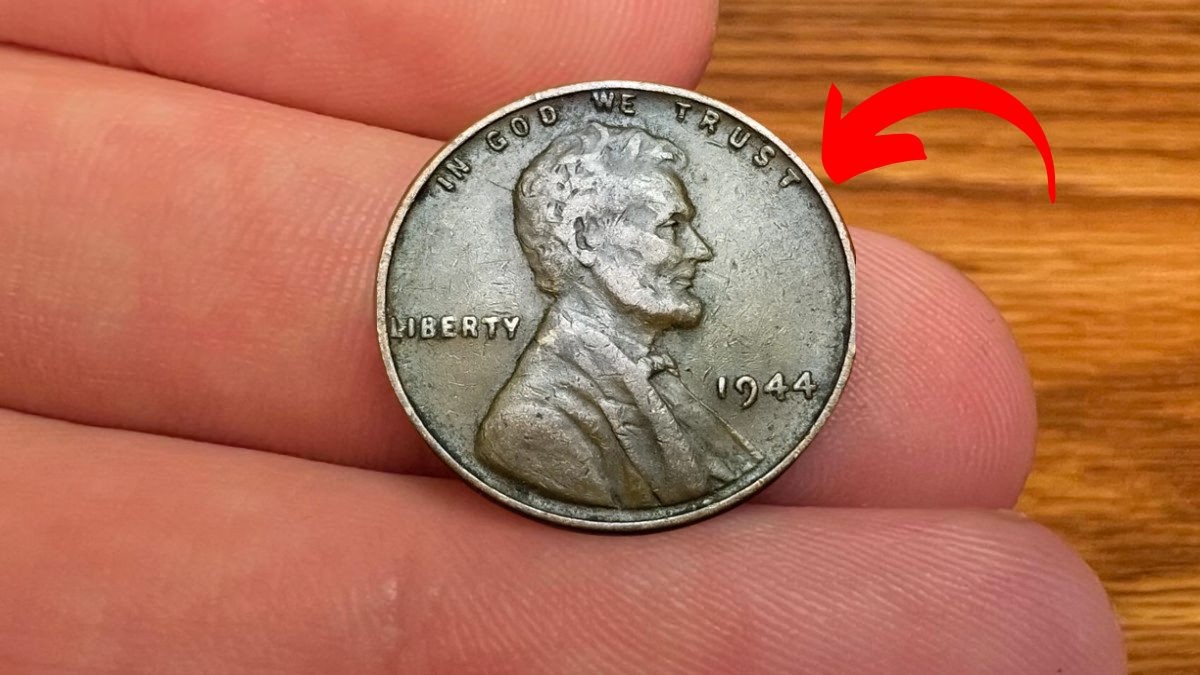The Lincoln Wheat Penny, particularly the legendary 1943 copper variant, remains a cornerstone of numismatics. Its unique design, wartime history, and unparalleled rarity have made it a sought-after item among collectors and historians alike. While reports of billion-dollar valuations are exaggerated, the truth about its worth and significance is still a fascinating story.
A Glimpse into History
- Introduced in 1909 to celebrate the 100th anniversary of Abraham Lincoln’s birth, the Lincoln Wheat Penny was the first U.S. coin to feature a real person.
- Designed by Victor David Brenner, the coin’s obverse features Lincoln’s profile, while the reverse showcases two wheat stalks symbolizing the nation’s agricultural roots.
- World War II Shift: In 1943, copper was reserved for the war effort, and pennies were minted from zinc-coated steel. However, a small number were mistakenly struck on leftover bronze planchets from 1942, creating one of the rarest coins in U.S. history.
The 1943 Copper Penny: A $20 Million Legend
The Minting Error
The 1943 copper penny resulted from a minting oversight during a pivotal wartime period. These coins:
- Were struck on bronze planchets intended for earlier minting years.
- Were mistakenly distributed, creating one of the rarest errors in U.S. numismatic history.
Auction Highlights
- 2010 Sale: A high-grade 1943 copper penny sold for $1.7 million at auction, underscoring its immense value.
- Estimated Value Today: Depending on condition and provenance, a 1943 copper penny can be worth up to $20 million.
Other Rare and Valuable Lincoln Wheat Pennies
1909-S VDB Penny
- Features designer Victor David Brenner’s initials.
- Only 484,000 were minted, making it a coveted collector’s item.
- Value: Up to $100,000 in pristine condition.
1955 Double Die Penny
- Known for its doubling error, where the text appears doubled.
- Highly sought after for its distinct appearance.
- Value: Often sells for thousands of dollars depending on condition.
1922 No-D Penny
- Lacks the “D” mint mark (for Denver) due to a die error.
- Unique and rare, it’s a favorite among collectors.
- Value: Thousands of dollars depending on its grade.
Why Are These Coins So Valuable?
- Rarity:
- Limited production or errors make these coins exceptionally scarce.
- The fewer the surviving coins, the higher the demand and value.
- Historical Significance:
- Coins like the 1943 copper penny reflect unique historical moments, such as wartime adjustments in materials.
- Condition:
- Coins graded in mint-state condition command significantly higher prices.
- Collector Demand:
- Numismatists treasure these coins for their rarity, history, and investment potential.
The Hunt for Hidden Treasures
- Still in Circulation: While rare, Wheat Pennies occasionally surface in circulation, especially in older coin jars, change collections, or inherited sets.
- Hidden Gems: Coins like the 1943 copper penny or 1955 double die penny might still be tucked away in attics or safe deposit boxes, waiting to be discovered.
Tips for Aspiring Collectors
- Learn the Basics:
- Familiarize yourself with key dates, mint marks, and notable errors.
- Invest in a coin guidebook and study auction results.
- Handle Coins with Care:
- Always hold coins by their edges to avoid fingerprints and scratches.
- Store valuable coins in protective holders or coin albums.
- Verify Authenticity:
- Before buying or selling, have your coins authenticated by reputable grading services like PCGS or NGC.
- Join Communities:
- Connect with other collectors through forums, clubs, or social media to exchange knowledge and tips.
The Allure of Coin Collecting
Collecting coins like the 1943 copper penny offers more than monetary value. It connects enthusiasts with history, art, and the thrill of discovery. Whether searching through change or bidding at auctions, the possibility of uncovering a rare gem keeps the hobby exciting.
Conclusion: A Piece of History in Your Pocket
While the $2.2 billion valuation of the Lincoln Wheat Penny is overstated, the $20 million 1943 copper penny and other rare variations remain treasures of the numismatic world. These coins symbolize more than their material worth—they represent pivotal moments in history and the enduring appeal of collecting.
So, next time you come across a Lincoln Wheat Penny, take a closer look. You might just hold a piece of history—and perhaps a small fortune—in your hands.
